Speaker
Description
Interaction of a high irradiance laser beam with matter creates a plasma on the target surface. The laser’s electric field accelerates charged particles in the plasma, and the accelerated charged particles can produce ionizing radiation hazards. The spectrum and dose rate of ionizing radiation depend on the laser irradiance at the target, the average laser power and the atomic number of the target.
An overview of the radiation hazards for laser-matter interaction from two extreme irradiance cases is presented. High irradiances of up to 3x1021 W/cm2 create the ionizing radiation hazards for the SLAC Matter in Extreme Conditions Upgrade (MEC-U) project; the ionizing radiation hazards in laser material processing are created by low irradiances of ~ 1013 – 1015 W/cm2.
MEC-U is a flagship laser facility under design for plasma physics and fusion science that will combine a high pulse energy (150 J), high peak power (1 PW at 150 fs pulse width), and high rep rate (10 Hz) laser with the X-ray free electron laser beam from the Linac Coherent Light Source (LCLS) at SLAC. The MEC-U laser-target interactions will accelerate electrons up to tens of MeV and protons up to ~120 MeV. Source terms calculated with particle-in-cell plasma code were used with the FLUKA Monte Carlo code in radiation safety analyses. In addition to the bulk shielding requirements, the design of large penetrations for HVAC and laser pipes, as well as maze entrances and equipment doors, are also studied. With its high rate operations, activation of the target chamber including optic, target handling system, and detector components inside the chamber, and environment (air, soil, and groundwater are also considered.
Many industrial laser material processing applications utilize ultrashort pulsed lasers, operating at high repetition rates of tens of kHz and pulse energies up to a few mJ. These systems can have irradiances of 1013 – 1015 W/cm2 at the target material and accelerate electrons up to 10-30 keV with hot electron temperatures up to a few keV. The resulting shallow dose rates can be very high. Results of radiation measurements from laser material processing with laser irradiances in the range of (0.7 – 28) x 1014 W/cm2 on a thin Tungsten target is presented. Measurements were performed with ion chamber survey meters and personnel dosimeters. The energy response of the survey meter and dosimeter were calibrated with irradiations using X-rays down to ANSI M-20 beam code (average energy 14 keV). Results of shallow and deep dose rate measurements are presented.
This work was supported by Department of Energy contract DE-AC02-76SF00515.
| Scientific Topic 8 | Beam-plasma and laser-plasma interactions and acceleration |
|---|

